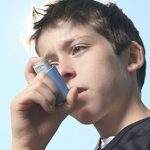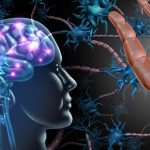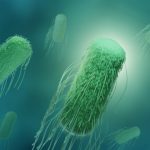
Walking your dog gets you moving and out in the fresh air, but head injuries and fractures are very real possibilities, especially for older dog owners, researchers say. The most common injury from walking a leashed dog that sends folks to the ER is fractured fingers, a new study from Johns Hopkins University found. But traumatic brain injuries (TBIs) are the second-most common injury adults suffer while walking a leashed dog. The third most common injury is shoulder sprain or strain. “According to a 2021-2022 national pet ownership survey, nearly 53% of U.S. households own at least one dog,” said study co-author Ridge Maxson, a third-year medical student. “Dog ownership also increased significantly in recent years during the COVID-19 pandemic. Although dog walking is a common daily activity for many adults, few studies have characterized its injury burden. We saw a need for more comprehensive information about these kinds of incidents,” Maxson said in a university news release. Women and all adults age 65 and older are more likely than others to sustain serious injuries, the research team found. Researchers hope doctors will discuss these potential threats with their dog-loving patients. “Clinicians should be aware of these risks and convey them to patients, especially women and older adults,” said co-author Dr. Edward McFarland, director of the division of shoulder and elbow surgery at Johns Hopkins… read on > read on >


















